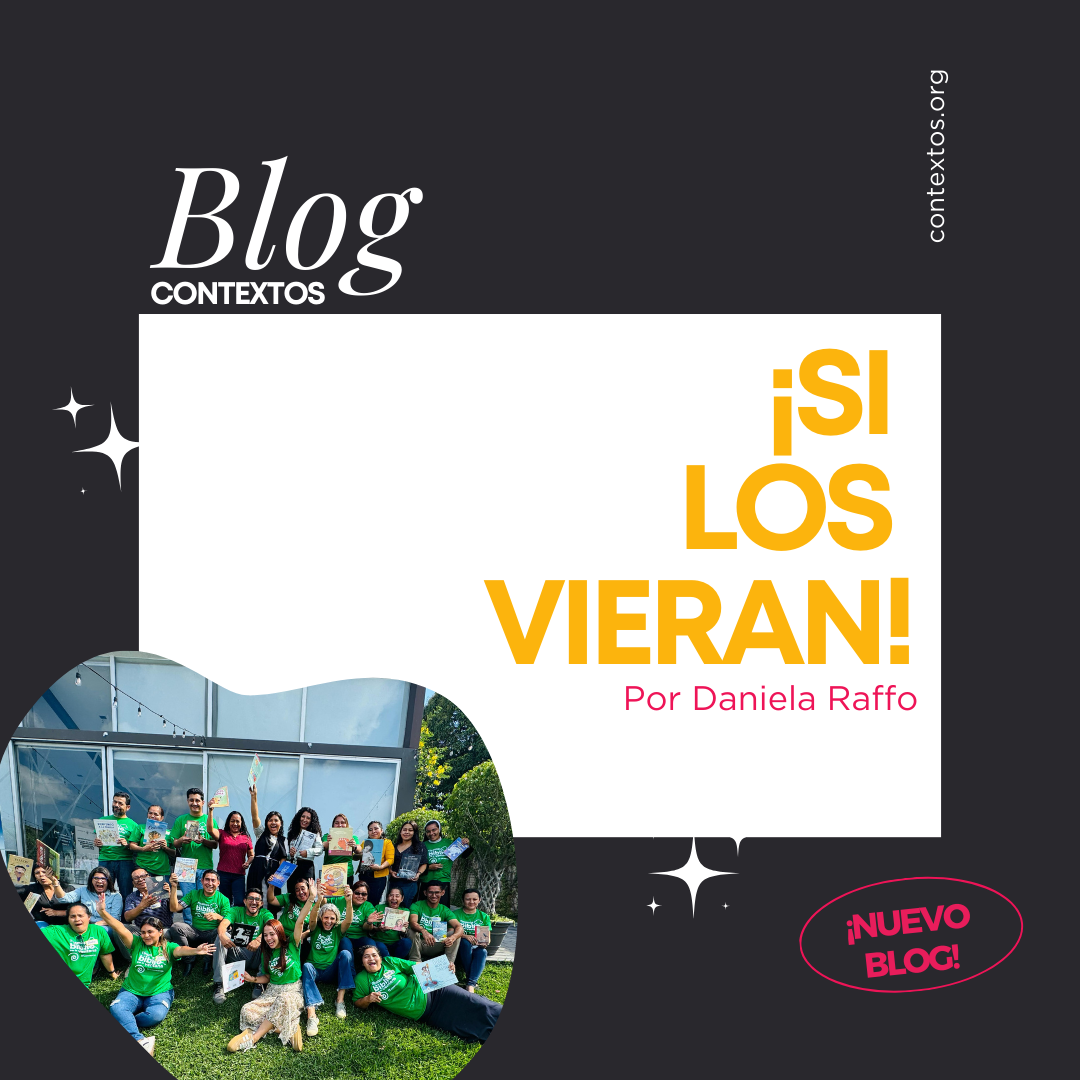octubre 8, 2012 by ConTextos
WHAT RURAL EL SALVADOR AND NEW YORK CITY SHARE…
Not too long ago, I observed a 2nd grade science class working on classifications. The kids raised their hands and pointed to the items they wanted categorized. «Esa,» That, said one boy pointing. The teacher tried to follow the boy’s signal and asked repeatedly what they boy referred to. «Aquella volada,» That thingy, the boy repeated exasperated.
He pointed to a bookshelf but lacked the vocabulary to say so. Simply, he didn’t know the word.
“Word deficit.” As it happens, in the ’80s, the psychologists Betty Hart and Todd R. Risley spent years cataloging the number of words spoken to young children in dozens of families from different socioeconomic groups, and what they found was not only a disparity in the complexity of words used, but also astonishing differences in sheer number. Children of professionals were, on average, exposed to approximately 1,500 more words hourly than children growing up in poverty. This resulted in a gap of more than 32 million words by the time the children reached the age of 4.
The above is an excerpt from today’s New York Times’ article Before a Test, a Poverty of Words. (Link to full article aquí.).
Recent Posts

¡Si los vieran!
Por Daniela Raffo ¡Si los vieran! Bailando, sentados en el piso, poniéndose de acuerdo en qué libros usar o qué actividad hacer. ¡Si las vieran!…

¿Me puede contar una historia?
“Había una niña que empezó, acá, en la escuela desde parvularia. Ella se llevaba libros a su casa y en una libreta dibujaba la mejor escena…

Los libros que viajan con Luz
Por Laura Flores Es de mañana, un día cualquiera en Jocoaitique, departamento de Morazán. Luz mira cómo una señora mayor llegar a la biblioteca, toma…


